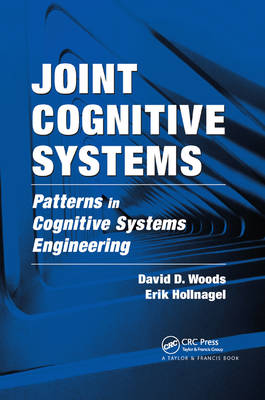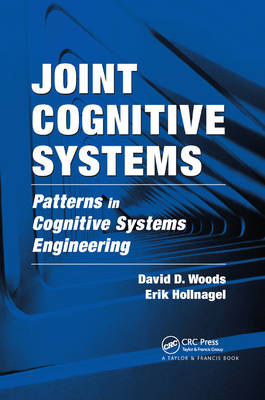
- Retrait gratuit dans votre magasin Club
- 7.000.000 titres dans notre catalogue
- Payer en toute sécurité
- Toujours un magasin près de chez vous
- Retrait gratuit dans votre magasin Club
- 7.000.0000 titres dans notre catalogue
- Payer en toute sécurité
- Toujours un magasin près de chez vous
Joint Cognitive Systems
Patterns in Cognitive Systems Engineering
David D Woods, Erik Hollnagel
Livre broché | Anglais
102,45 €
+ 204 points
Description
Synthesizing basic results on how to design human work with complex systems, Joint Cognitive Systems: Patterns in Cognitive Systems Engineering provides examples of successful cognitive systems engineering research and design. It covers patterns in how joint cognitive systems work and those that have emerged from research and design in this field.
Spécifications
Parties prenantes
- Auteur(s) :
- Editeur:
Contenu
- Nombre de pages :
- 232
- Langue:
- Anglais
Caractéristiques
- EAN:
- 9780367864156
- Date de parution :
- 10-12-19
- Format:
- Livre broché
- Format numérique:
- Trade paperback (VS)
- Dimensions :
- 155 mm x 231 mm
- Poids :
- 521 g

Les avis
Nous publions uniquement les avis qui respectent les conditions requises. Consultez nos conditions pour les avis.






